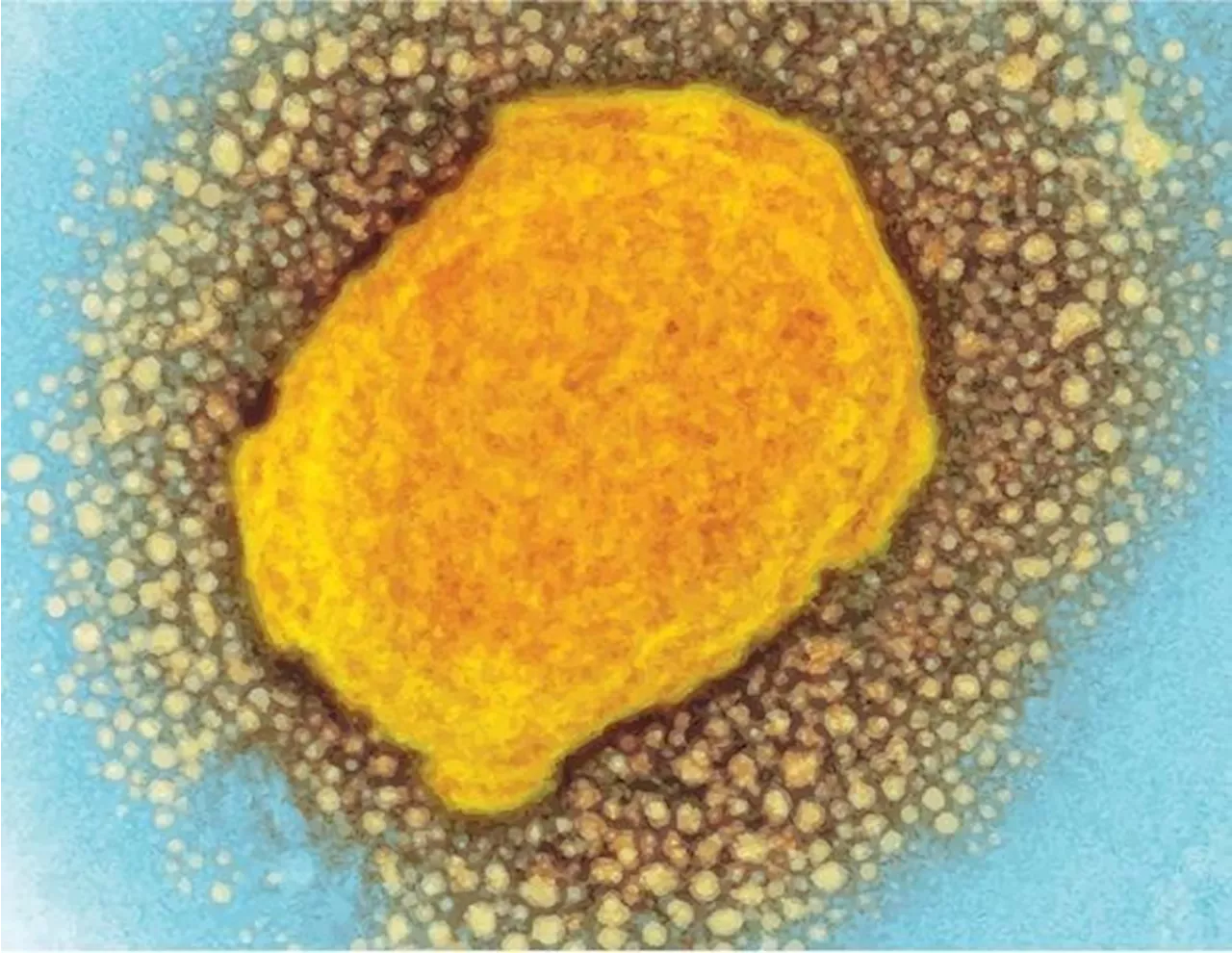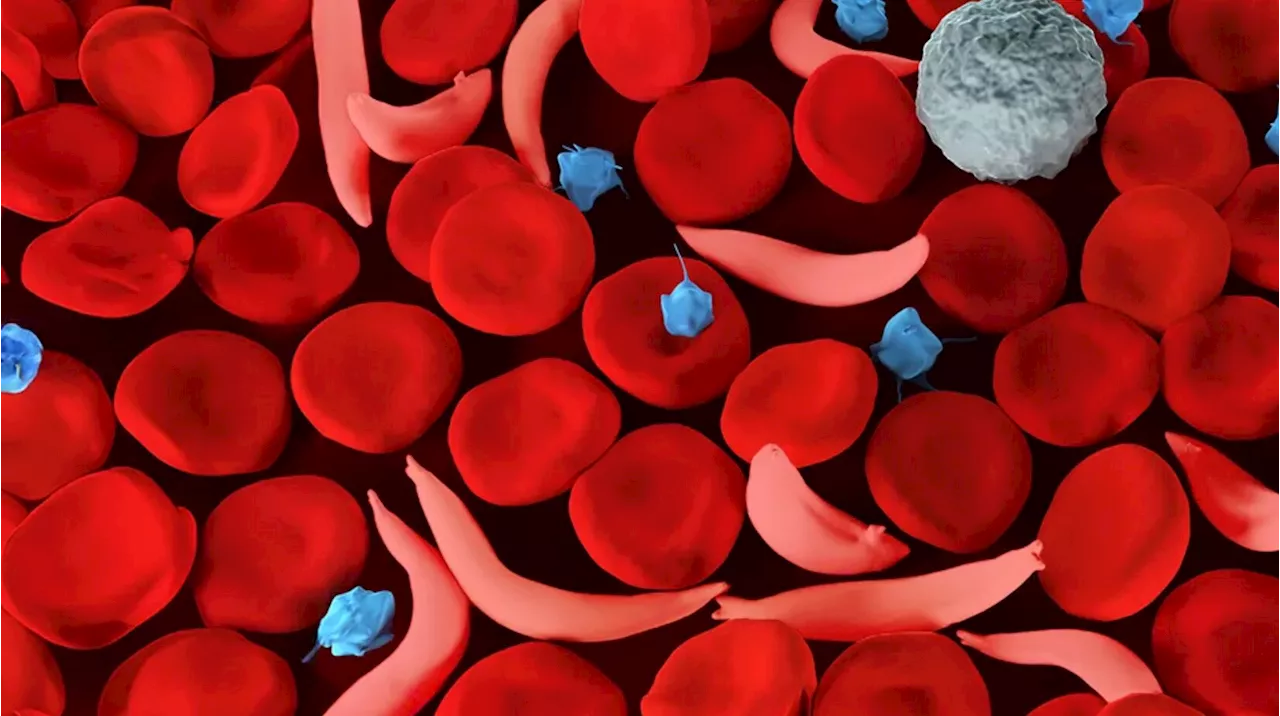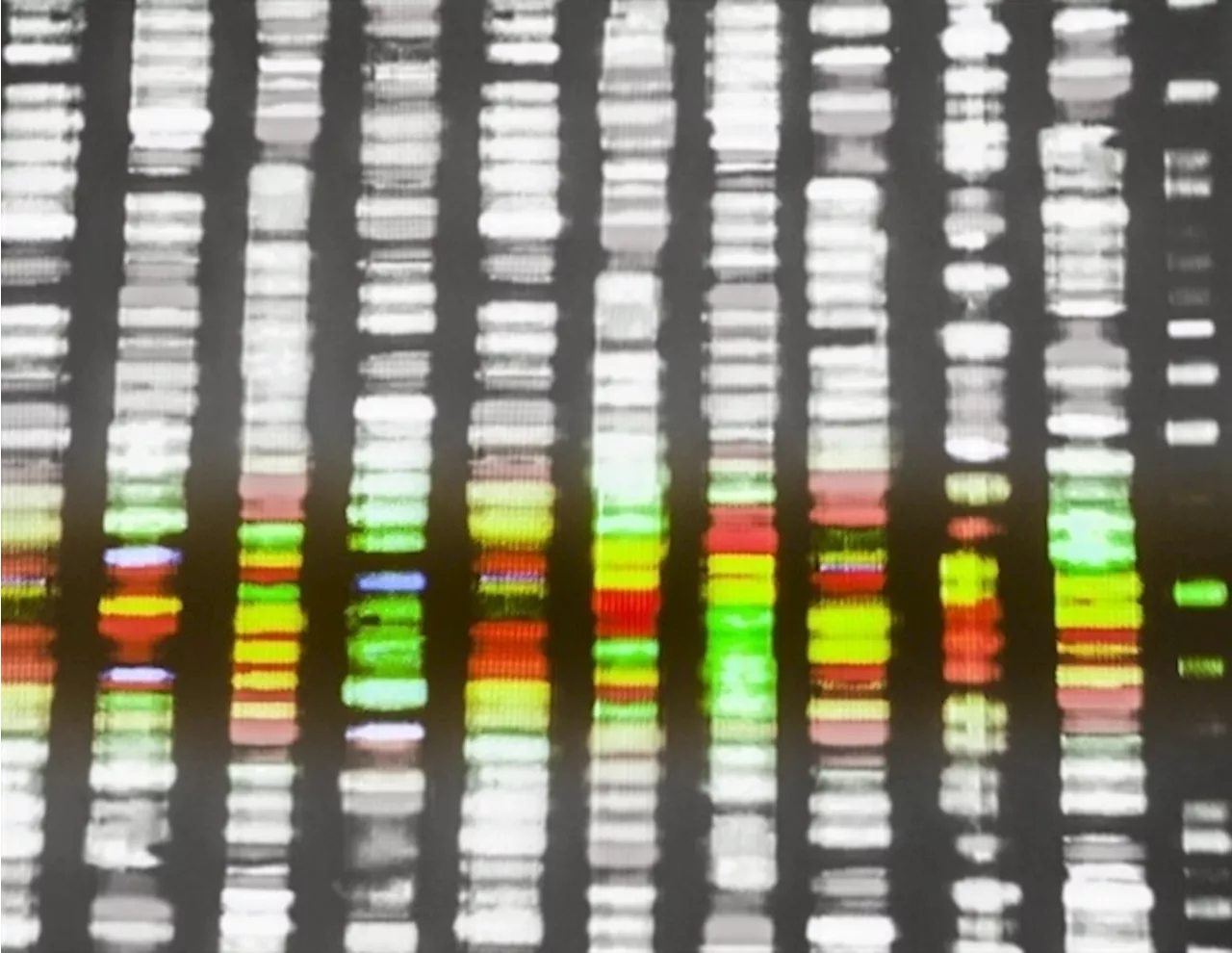Human breast milk regulates a baby's mix of microbes, or microbiome, during the infant's first year of life. This in turn lowers the child's risk of developing asthma, a new study shows.
NYU Langone Health / NYU Grossman School of Medicine Sep 19 2024 Human breast milk regulates a baby's mix of microbes, or microbiome, during the infant's first year of life. This in turn lowers the child's risk of developing asthma, a new study shows.
Just as a pacemaker regulates the rhythm of the heart, breastfeeding and human milk set the pace and sequence for microbial colonization in the infant's gut and nasal cavity, ensuring that this process occurs in an orderly and timely manner." "Healthy microbiome development is not only about having the right microbes.
Publishing in the journal Cell online Sept. 19, the study tracked the ebb and flow of microbes in the guts and noses of infants during the first year of life, as well as details on breastfeeding and the composition of their mothers' milk. All the children and their mothers were participating in the CHILD Cohort Study, a long-term research project that has been studying the same 3,500 Canadian children at different stages of life from the womb well into adolescence.
"The algorithms we developed provide valuable insights into microbial dynamics during an infant's first year of life and how these microbes interacted with the infant," said Shenhav. "These insights allowed us to move beyond identifying associations, enhancing our ability to make predictions and explore causal relationships.
Allergen Asthma Baby Bacteria Breast Milk Cell Children Digestive System Electron Genome Heart Immune System Medicine Microbiome Microscope Pacemaker Research Respiratory Tryptophan
United Kingdom Latest News, United Kingdom Headlines
Similar News:You can also read news stories similar to this one that we have collected from other news sources.
 WHO launches global plan to stop human-to-human transmission of mpoxThe World Health Organization (WHO) today launched a global Strategic Preparedness and Response Plan to stop outbreaks of human-to-human transmission of mpox through coordinated global, regional, and national efforts.
WHO launches global plan to stop human-to-human transmission of mpoxThe World Health Organization (WHO) today launched a global Strategic Preparedness and Response Plan to stop outbreaks of human-to-human transmission of mpox through coordinated global, regional, and national efforts.
Read more »
 Breathing could bring microplastics into the human brain, study showsFor the first time, scientists have detected microscopic microplastics lodged in the human brain. Researchers in Germany and Brazil say that 8 out of 15 autopsied adults had microplastics detected within their brain's smell centers, the olfactory bulb.
Breathing could bring microplastics into the human brain, study showsFor the first time, scientists have detected microscopic microplastics lodged in the human brain. Researchers in Germany and Brazil say that 8 out of 15 autopsied adults had microplastics detected within their brain's smell centers, the olfactory bulb.
Read more »
 Sickle cell trait is prevalent among diverse human populations, study findsNational Institutes of Health (NIH) researchers and collaborators have found that being a carrier for sickle cell disease, known as having sickle cell trait, increases the risk of blood clots, a risk that is the same among diverse human populations that may not traditionally be associated with sickle cell disease.
Sickle cell trait is prevalent among diverse human populations, study findsNational Institutes of Health (NIH) researchers and collaborators have found that being a carrier for sickle cell disease, known as having sickle cell trait, increases the risk of blood clots, a risk that is the same among diverse human populations that may not traditionally be associated with sickle cell disease.
Read more »
 Billions worldwide consume inadequate levels of micronutrients critical to human health, new study findsMore than half of the global population consumes inadequate levels of several micronutrients essential to health, including calcium, iron, and vitamins C and E, according to a new study by researchers at Harvard T.H. Chan School of Public Health, UC Santa Barbara (UCSB), and the Global Alliance for Improved Nutrition (GAIN).
Billions worldwide consume inadequate levels of micronutrients critical to human health, new study findsMore than half of the global population consumes inadequate levels of several micronutrients essential to health, including calcium, iron, and vitamins C and E, according to a new study by researchers at Harvard T.H. Chan School of Public Health, UC Santa Barbara (UCSB), and the Global Alliance for Improved Nutrition (GAIN).
Read more »
 Study explores the cell-type-specific effects of aging and sex on human cortical neuronsAging is known to have profound effects on the human brain, prompting changes in the composition of cells and the expression of genes, while also altering aspects of the interaction between genes and environmental factors.
Study explores the cell-type-specific effects of aging and sex on human cortical neuronsAging is known to have profound effects on the human brain, prompting changes in the composition of cells and the expression of genes, while also altering aspects of the interaction between genes and environmental factors.
Read more »
 NIH funds study on complex evolutionary adaptation in human DNANatural selection is an important evolutionary force that enables humans to adapt to new environments and fight disease-causing pathogens.
NIH funds study on complex evolutionary adaptation in human DNANatural selection is an important evolutionary force that enables humans to adapt to new environments and fight disease-causing pathogens.
Read more »
